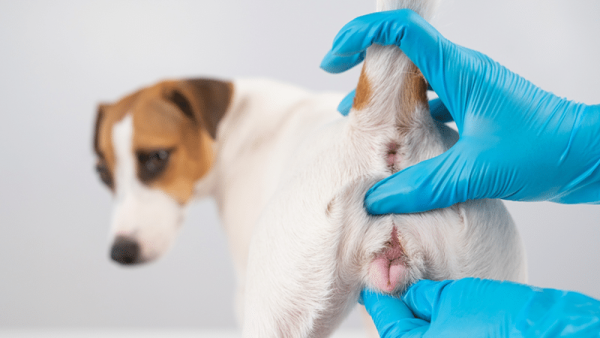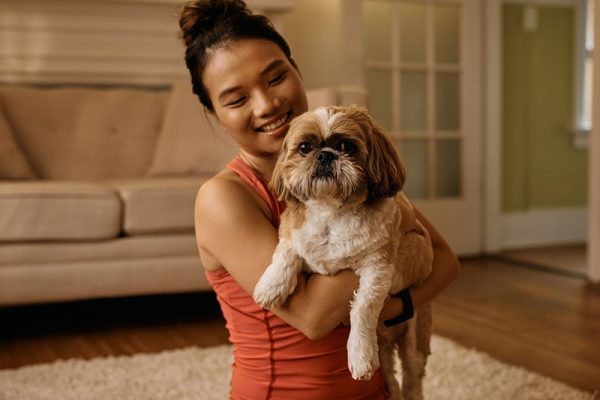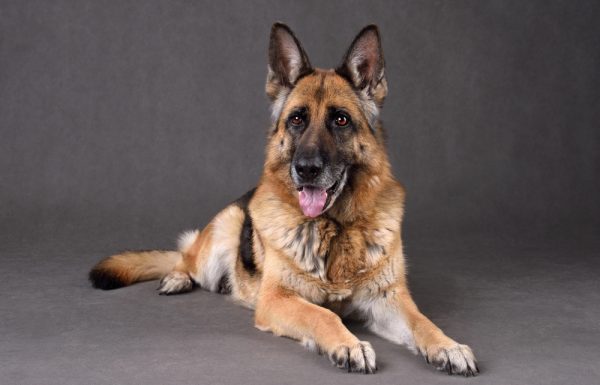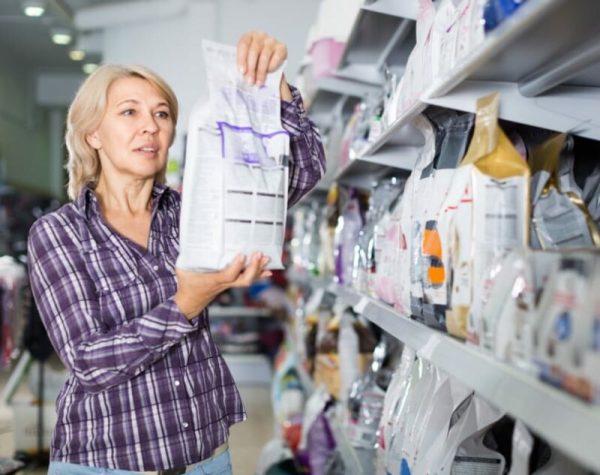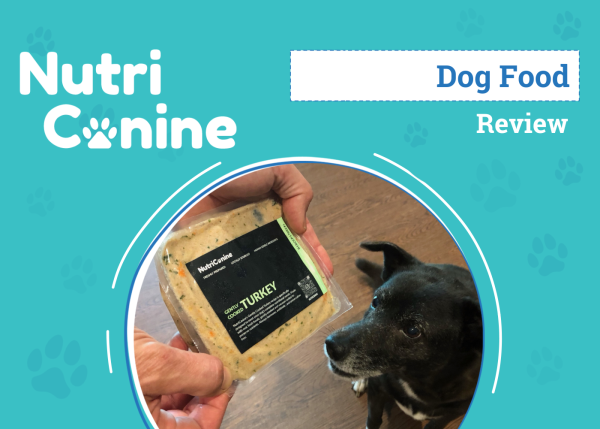Hi, I’m Dr. Karyn! Read my introduction to learn more about me and my five funny dogs, Poppy, Bailey, Kodah, Ned, and Fred.
Bringing a new puppy into the home should be a happy and exciting time, but it’s also an important period of training and socialization. I believe that when it comes to raising puppies (and probably children, too), if you don’t feel mean some of the time, you’re probably doing it wrong. It’s easy to show your puppy love and affection; it’s not so easy to implement rules and discipline. But if you want to have a well-adjusted dog that you can take out with you or leave at home, and that won’t ruin your carpet, turn into a velociraptor when they need an ear clean, or try to bite anyone that gets in between them and their favorite toy or food, boundaries are essential.
I have created this list of dos and don’ts for raising puppies, based on my work with thousands of puppies and puppy owners, learning from behaviorists and dog trainers, as well as raising dogs of my own. This list is by no means exhaustive or foolproof, but it should give even the most inexperienced dog owners a good basis for early puppy training.
These commandments are intended for puppies. Although some will absolutely apply to any new dog, some will be more difficult or even dangerous to implement with an adult rescue dog.
I have marked these with an ‘✽’.
The First 5 Commandments for Successful Puppy Parenting:
1. Thou Shalt Not: Give in to crying
This is the number one mistake I see made time and time again.
Regardless of where you plan for your dog to sleep in the long term, unless you want to be imprisoned by a dog that cries every time you leave their sight, you cannot go running every time they make a sound during the night. I don’t care which school of thought you subscribe to when it comes to raising human babies, when it comes to puppies, they need to learn to be okay on their own. Unless, of course, you plan to stay by their side at ALL times for the next 15 years.
If you want to make sure your puppy is safe, point a baby monitor at their bed, but do not give in to their cries, no matter how tragic they sound. Once your pup has learned to settle on their own, they will realize that they are perfectly safe without having to be reassured by you. Crates (aka puppy bedrooms) are ideal for this.
If you weaken after an hour or two, all you will teach them is that perseverance will get them what they want. If you don’t teach them how to self-soothe when you are there, you can’t expect them to magically learn how to do it when you go out.

2. Thou Shalt Not: Leave the door open and call it toilet training
Telling me that your puppy never has an accident indoors because the door (or doggy door) is always open is not successful toilet training! You may have taught your puppy that the “outside room” is the preferred location for toileting, but:
- they haven’t learned to wait to be let out to go to the toilet, and
- there is no clear distinction between inside and outside.
What happens when that door is closed? That’s right, your dog has an accident inside, you’re annoyed, and they’re confused. When your puppy is older and you’re certain that they understand the difference between inside and outside, and that they need to wait to go outside to do their business, then you can start leaving doors open if that suits you, but not before.

3. Thou Shalt Not: Let puppies make the rules*
A phrase I hate hearing from owners is: “He/She doesn’t let me do that.”
Seriously? Who is the adult in this relationship?!
Whether your dog is large or small, you need to be the one in charge, and that starts when they are puppies. Here are things that you should be able to do with, to, or for your dog, so start practicing when they are puppies:
- open their mouth and check their teeth
- clean their ears using a cloth or tissue
- examine their paws and between their toes
- touch/feel them all over (keep it clean, please!)
9 times out of 10, when a puppy squeals in protest at any of these, it is a combination of surprise and “I don’t like it.” If it’s important, and provided you aren’t hurting them, it’s okay if they don’t like it! Once you’ve ignored their tantrums once or twice, and rewarded them once the task is complete, you’ll both realize that it’s not such a big deal after all.
4. Thou Shalt Not: Teach too many things at once
Dogs are very smart, but you can’t expect them to learn everything at once. Teach them commands in order of importance, then you can move on to fancy tricks, and don’t move on to the next command until they’ve mastered the current one. “Order of importance?” you ask? These are my recommendations:
- Recall — the most important command so you can call your puppy back and get their attention.
- Drop it/Leave it — if you’ve ever had to try to prise something out of a dog’s mouth, you will understand why this is number 2 on my list.
- Sit — the first thing most people teach, but not as important as the first two.
- Stay — this one will take time. Every time they move from their ‘stay’ spot, take them back and start again.
- Off — this means get off me or off whatever it is they are jumping on.
- Down — as in, lay down.
- Other tricks — paw, shake, roll-over, etc.
You can use whichever command words you like, just make sure they are clear and consistent.

5. Thou Shalt Not: Keep repeating yourself
Another of my pet hates is hearing this:
“Sit…sit…sit, sit, sit….. SIT! Good boy!”
I will tell you this once, and once only: If you have their attention, they heard you the first time. Don’t keep repeating yourself; you are just teaching your dog to sit after 6, 7, or 10 commands.
The key to success here? Start by saying the command when your puppy is doing the action naturally, so they learn to associate the word with the action. Every time they sit down, say ‘sit’ and give them a treat; it won’t be long before they put two and two together and start to sit every time you say the word.
Check back next week for part two!

- Read her previous article: Why Ned & Fred Have Ruined Me For Other Pets
- Read her next article: Dr Karyn’s 10 Commandments For Successful Puppy Parenting (Part 2)





